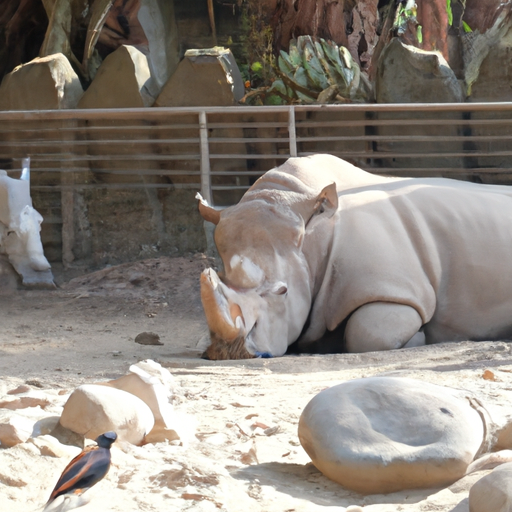 Introduction:
Introduction:
The animal kingdom is home to a diverse range of species, each with its unique characteristics and adaptations. Among these remarkable creatures, some stand out for their sheer size, evoking awe and fascination in humans. In this extensive article, we embark on a captivating journey to explore the locations where the world’s largest animals reside, immersing ourselves in the wonders of their habitats and unraveling the extraordinary tales of their existence.
1. Blue Whale – The Gentle Giant of the Ocean:
Our expedition begins in the vast expanses of the world’s oceans, where we encounter the magnificent blue whale (Balaenoptera musculus), the largest animal to have ever lived on Earth. Found in various locations across the globe, these gentle giants can reach staggering lengths of up to 98 feet (30 meters) and weigh around 200 tons. Some of the notable regions where blue whales can be spotted include the California coast, the Gulf of St. Lawrence in Canada, the Bay of Bengal, and the waters off the coast of Sri Lanka.
2. African Elephant – The Majestic Land Behemoth:
Moving from the ocean to the continent of Africa, we encounter the awe-inspiring African elephant (Loxodonta africana), the largest land animal on our planet. These majestic creatures, with their distinctively long trunks and enormous ivory tusks, can reach heights of up to 13 feet (4 meters) at the shoulder and weigh an astounding 12,000 pounds (5,400 kilograms). Africa’s diverse national parks and game reserves, such as Kruger National Park in South Africa, Amboseli National Park in Kenya, and Chobe National Park in Botswana, provide ideal habitats for these magnificent animals.
3. Saltwater Crocodile – The Mighty Predator of the Waters:
Venturing into the wetlands and rivers of Southeast Asia and Northern Australia, we encounter the formidable saltwater crocodile (Crocodylus porosus), the largest living reptile on Earth. These ancient creatures can grow up to lengths of 23 feet (7 meters) and weigh over 2,200 pounds (1,000 kilograms). The estuaries, mangroves, and river systems of regions like the Northern Territory in Australia, Borneo, and the Sundarbans in Bangladesh serve as the perfect territories for these powerful predators.
4. Colossal Squid – The Mysterious Deep-Sea Enigma:
Descending into the depths of the ocean, we come across the enigmatic colossal squid (Mesonychoteuthis hamiltoni), a creature that inhabits the icy waters of the Southern Ocean. Considered the largest invertebrate on the planet, colossal squids can grow up to lengths exceeding 33 feet (10 meters) and weigh over 1,500 pounds (700 kilograms). Their elusive nature and remote habitat make studying them a considerable challenge, but expeditions to the Antarctic waters have offered glimpses into the extraordinary world of these deep-sea giants.
5. Giraffe – The Graceful Tower of the Savannah:
Heading to the grasslands and savannahs of Africa, we encounter the iconic giraffe (Giraffa camelopardalis), the tallest land animal known to man. These elegant creatures can reach heights of up to 19 feet (6 meters) and weigh around 3,500 pounds (1,600 kilograms). The Serengeti National Park in Tanzania, Etosha National Park in Namibia, and Kruger National Park in South Africa are some of the prime locations where the majestic giraffes roam freely.
6. Whale Shark – The Gentle Giant of the Sea:
Returning to the depths of the ocean, we marvel at the world’s largest fish, the whale shark (Rhincodon typus). Despite its colossal size, reaching lengths of up to 40 feet (12 meters) and weighing up to 20 tons, the whale shark is a docile and filter-feeding creature. Diving enthusiasts flock to destinations such as the Maldives, Ningaloo Reef in Australia, and Mexico’s Yucatan Peninsula to witness the awe-inspiring presence of these magnificent creatures.
Conclusion:
From the mighty blue whale to the graceful giraffe, the animal kingdom is teeming with colossal creatures that captivate our imagination. Whether in the depths of the ocean, vast savannahs, dense forests, or remote regions of the world, these giants remind us of the diverse wonders that nature has to offer. Embarking on expeditions to witness these remarkable animals in their natural habitats not only serves to enrich our understanding of the animal kingdom but also instills a sense of responsibility towards their conservation and preservation for generations to come.
